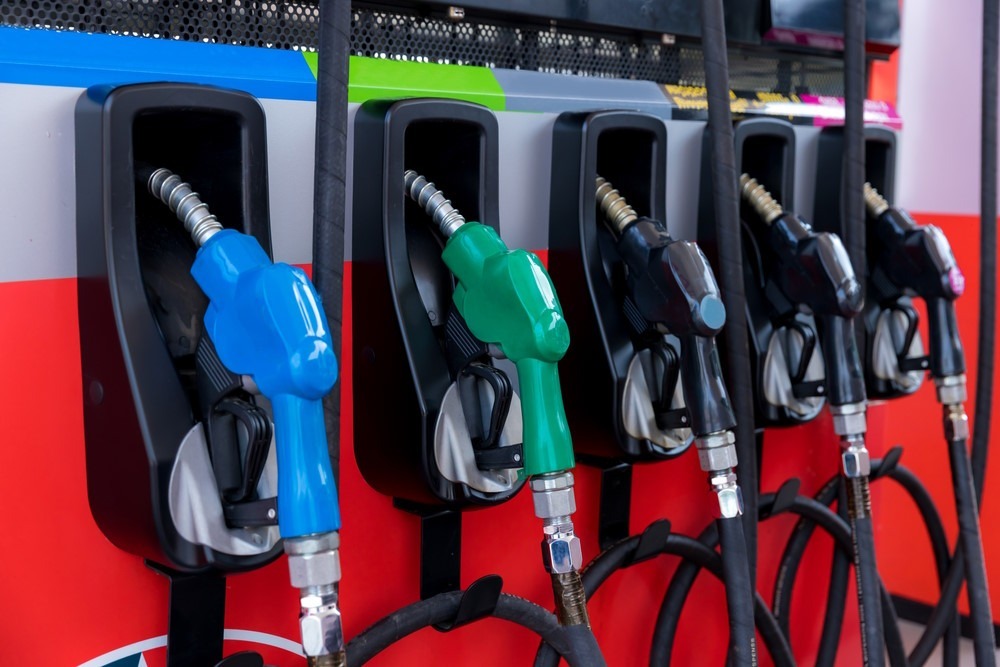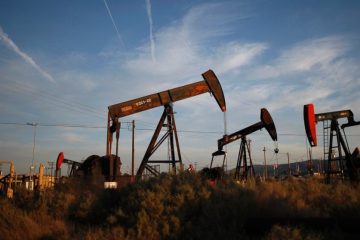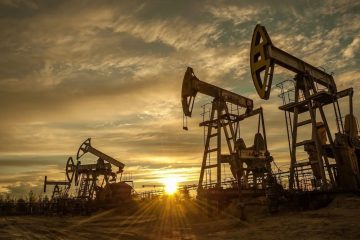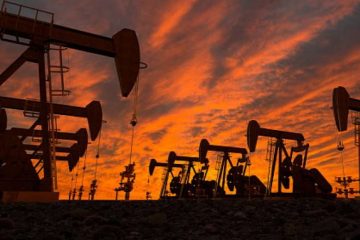Why Gasoline Prices Are Climbing At An Unusual Rate This Year

This month, Nic Malick and his wife took their children on a 150-mile road trip to Springfield, Missouri, to see friends and sample the brisket at Buc-ee’s, a cult-favorite convenience store chain. They were spoiled, that’s for sure. It appears that another escape is unlikely.
It doesn’t make sense, according to Malick, who lives outside of Kansas City, Mo., and is now spending $20 extra on petrol per week due to the current pricing.
In the first half of the year, gas prices tend to go up because refiners switch to summer blends that are less polluting and because more Americans start driving again. But in 2024, expenses have accelerated compared to previous years, mostly as a result of domestic extreme weather and international geopolitical unrest.
The average price of unleaded gasoline in the United States was $3.54 per gallon on Wednesday, according to AAA. This is a 3% increase from a year ago and approximately 14% higher than it was at the beginning of 2024.
In the last month, gas stations in the Salt Lake City area increased their prices by 65 cents, bringing them to $3.77 per gallon. This region is among the fastest-growing in terms of price hikes. The price for drivers in the St. Louis metropolitan area has increased by almost 51 cents, reaching $3.45, over that time. Prices in the Chicago area have increased by almost 48 cents, reaching $4.08.
Americans’ expectations for a generally strong U.S. economy have been dampened by the increase, which has contributed to inflation being stickier than anticipated in the first quarter. The Labor Department reports that the consumer-price index increased in February compared to the previous year, with gasoline and housing accounting for over 60% of the rise. This marks the first month since September that spending at the pump has moved upwards.
Food and energy price volatility is not factored into the preferred inflation gauge of the Federal Reserve. Still, signs at petrol stations and on highways showing ever-increasing costs serve as continual reminders of the economic stresses.
According to Malick, a native Missourian and 36-year-old customer service technologist for the car business, “everyone feels it” when gas prices rise.
Wall Street energy investors are betting that the price increases can go even higher. Gasoline shipments into New York Harbor next month will cost 28% more than they did at the start of the year. According to FactSet, this is more rapid than the average gain of 20% over the last 25 years for the same time frame.
Bank of America recently informed customers in a note that they still perceive upside risk for gas prices, even after the current run-up.
Forecasters were caught off guard by the record American crude output in 2023, which helped to keep prices in control. The benchmark price of U.S. crude oil has increased by 14% this year, reaching $81.35 a barrel, due in large part to production curbs implemented by the OPEC+ cartel, which is led by Russia and includes Saudi Arabia.
Still, winter storms and other interruptions have been particularly hard for gasoline producers in the Midwest and the Gulf Coast. The Energy Information Administration reports that for two weeks in February, U.S. refinery utilization fell below 81%, marking the lowest overall run rate since the pandemic’s depths.
Russian refineries have been hit hard by an escalating drone campaign in Ukraine. The repairs have taken months, and the Kremlin has been trying to save fuel for domestic use by reducing exports to countries like Turkey, China, and India.
Refineries that have been able to remain online and continue feeding supplies to a ravenous global market have seen a rise in both profitability and share prices as a result of these shutdowns. Marathon Petroleum, Phillips 66, and Valero are fuel industry behemoths whose stock has recently traded at record highs, outpacing the gains of key indices.
The bright side for motorists is that a few of the variables causing the price increases should fade away in the next several months.
More American refineries have turned back on in the past few weeks, signaling their intention to assist in filling storage tanks nationwide, thanks to the plenty of money being made. The Wall Street market is speculating that wholesale gasoline prices will begin to fall in May due to the influx of supplies.
Refineries have a lot of reasons to work at full steam, according to OPIS fuel expert Tom Kloza. Can they pull it off? That is the question.
The cooling procedures of fuelmakers were stressed during the summer heat waves that swept across the United States, causing several industries to reduce operations. In the United States, several Western states and other areas without refining capability will likely feel the effects of any disruptions this year on drivers’ wallets the most.
When it comes to that area, Kloza warned that problems will not be tolerated.









